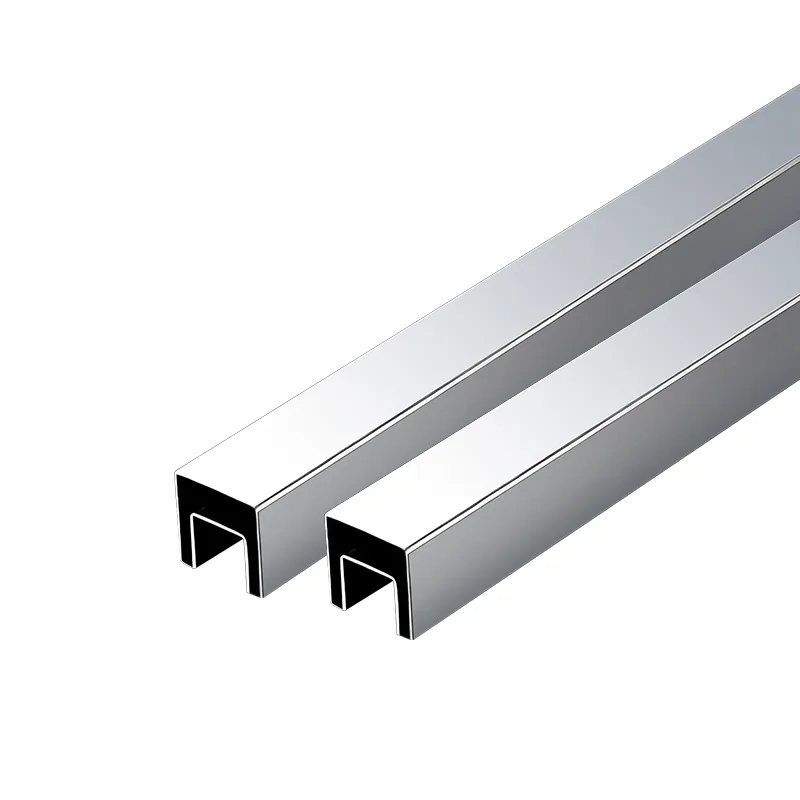Understanding Automotive Parts and Their Corresponding HS Codes for Global Trade
Dec . 05, 2024 16:42
Understanding Automotive Parts and Their Harmonized System (HS) Codes
In today's globalized economy, the automotive industry plays a pivotal role in international trade. A critical component of this trade is the classification of automotive parts, which is facilitated by the Harmonized System (HS) codes. These codes serve as a universal language for identifying products, ensuring clarity and consistency in international commerce.
What is the Harmonized System (HS)?
The Harmonized System, developed by the World Customs Organization (WCO), is a standardized numerical method of classifying traded products. The HS code system comprises more than 5,000 commodity groups, each assigned a unique six-digit number. This classification system allows customs officials and businesses to uniformly track and manage the shipment of goods across borders.
While the first six digits are the same internationally, countries can add additional digits for further classification, leading to greater specificity. For instance, while “8708” generally refers to “parts and accessories of the motor vehicles,” specific countries may have additional digits to classify different types of automotive components or their uses.
Importance of HS Codes in Automotive Parts
1. Facilitating Trade HS codes simplify and streamline the import and export process. When companies ship automotive parts globally, correct coding ensures compliance with international trade regulations, avoiding delays in customs clearance.
2. Tariff and Tax Calculation HS codes are crucial for determining the applicable tariffs and taxes on imported and exported goods. Different automotive parts may be subject to varying rates, and an accurate HS code guarantees that businesses are taxed appropriately.
3. Market Research and Analysis Companies use HS codes for market analysis, allowing them to identify trends, assess competition, and make informed decisions regarding production and export strategies.
4. Inventory Management Automotive manufacturers and suppliers can manage their inventories more effectively when parts are accurately classified. This aids in tracking sales, optimizing stock levels, and forecasting demands based on specific HS codes.
automotive parts hs code
Common HS Codes for Automotive Parts
The following are some common HS codes relevant to various categories of automotive parts
- 8708 Parts and accessories of the motor vehicles (this is a broad category).
- 8484 Gaskets and similar joints of metal sheeting, combined with other materials or of two or more layers of materials.
- 8407 Spark-ignition reciprocating or rotary internal combustion piston engines.
- 8701 Tractors (other than tractors of heading 87.09).
- 8703 Motor cars and other vehicles principally designed for the transport of persons.
Each of these categories encompasses various parts and accessories that manufacturers and suppliers may deal with, from engines and transmissions to electronic components and steering systems.
Challenges in Using HS Codes
Despite their advantages, there are challenges associated with the use of HS codes in the automotive sector
- Complexity The sheer volume of HS codes can be overwhelming for businesses, particularly smaller firms that may not have dedicated compliance staff.
- Frequent Updates The WCO regularly updates the HS coding system to reflect changes in technologies and trade practices. Companies need to stay informed about these changes to ensure compliance.
- Regional Variations Different countries might interpret codes differently or apply different tariffs, leading to confusion and potential disputes during the customs process.
Conclusion
The automotive industry heavily relies on the efficiency and accuracy of the Harmonized System codes for trading parts and accessories across borders. For businesses to thrive in the competitive global market, understanding the nuances of HS code classification is not merely beneficial; it is essential. From facilitating faster customs clearance to ensuring accurate tariff assessments, HS codes are the backbone of international trade in automotive parts.
By recognizing the importance of these codes, companies can improve their operational efficiency, enhance compliance, and gain insights into market trends. As technology and trade practices continue to evolve, staying updated on HS codes will be vital for companies aiming to maintain their competitive edge in the ever-changing automotive landscape.
 Afrikaans
Afrikaans  Albanian
Albanian  Amharic
Amharic  Arabic
Arabic  Armenian
Armenian  Azerbaijani
Azerbaijani  Basque
Basque  Belarusian
Belarusian  Bengali
Bengali  Bosnian
Bosnian  Bulgarian
Bulgarian  Catalan
Catalan  Cebuano
Cebuano  Corsican
Corsican  Croatian
Croatian  Czech
Czech  Danish
Danish  Dutch
Dutch  English
English  Esperanto
Esperanto  Estonian
Estonian  Finnish
Finnish  French
French  Frisian
Frisian  Galician
Galician  Georgian
Georgian  German
German  Greek
Greek  Gujarati
Gujarati  Haitian Creole
Haitian Creole  hausa
hausa  hawaiian
hawaiian  Hebrew
Hebrew  Hindi
Hindi  Miao
Miao  Hungarian
Hungarian  Icelandic
Icelandic  igbo
igbo  Indonesian
Indonesian  irish
irish  Italian
Italian  Japanese
Japanese  Javanese
Javanese  Kannada
Kannada  kazakh
kazakh  Khmer
Khmer  Rwandese
Rwandese  Korean
Korean  Kurdish
Kurdish  Kyrgyz
Kyrgyz  Lao
Lao  Latin
Latin  Latvian
Latvian  Lithuanian
Lithuanian  Luxembourgish
Luxembourgish  Macedonian
Macedonian  Malgashi
Malgashi  Malay
Malay  Malayalam
Malayalam  Maltese
Maltese  Maori
Maori  Marathi
Marathi  Mongolian
Mongolian  Myanmar
Myanmar  Nepali
Nepali  Norwegian
Norwegian  Norwegian
Norwegian  Occitan
Occitan  Pashto
Pashto  Persian
Persian  Polish
Polish  Portuguese
Portuguese  Punjabi
Punjabi  Romanian
Romanian  Samoan
Samoan  Scottish Gaelic
Scottish Gaelic  Serbian
Serbian  Sesotho
Sesotho  Shona
Shona  Sindhi
Sindhi  Sinhala
Sinhala  Slovak
Slovak  Slovenian
Slovenian  Somali
Somali  Spanish
Spanish  Sundanese
Sundanese  Swahili
Swahili  Swedish
Swedish  Tagalog
Tagalog  Tajik
Tajik  Tamil
Tamil  Tatar
Tatar  Telugu
Telugu  Thai
Thai  Turkish
Turkish  Turkmen
Turkmen  Ukrainian
Ukrainian  Urdu
Urdu  Uighur
Uighur  Uzbek
Uzbek  Vietnamese
Vietnamese  Welsh
Welsh  Bantu
Bantu  Yiddish
Yiddish  Yoruba
Yoruba  Zulu
Zulu 












